My first job and first paycheck was with the Salt Lake Tribune. We lived in Bountiful, Utah before moving to Arkansas when I was 12. I delivered the daily newspaper and TV Guides which were all the rage back in the 80s.
It was local newspaper, not TV that was my foray into the media industry.
A conversation about the loss of local news needs some context on where local news started before we can identify where it’s going.
Let’s go back to before America was America.
It’s the year 1690 and the first local newspaper just went to print.
It’s called the "Publick Occurrences Both Forreign and Domestick" in Boston by Benjamin Harris.
It lasted: One publication.
Why? The colonists leaders were upset and wanted to suppress the press because they didn’t like or approve of what was published.
It may have been 335 years ago, but it’s the same challenge facing journalists today.
There’s a reason the founding fathers of the United States chose this as the First Amendment to the Constitution; even over our Second Amendment’s right to bear arms.
True journalists are well intentioned and hold the powerful accountable; without fear, favor or retribution.
The right to voice grievances and complaints without retribution from the powerful is the cornerstone of our democratic republic whether by individual publication ie. podcasts or blogs or group publication ie. broadcasting and print.
It reads in full: “Congress shall make no law respecting an establishment of religion, or prohibiting the free exercise thereof; or abridging the freedom of speech, or of the press; or the right of the people peaceably to assemble, and to petition the Government for a redress of grievances.”
The right to free speech, which includes freedom of the press, was apparently more of a priority than the right to bear arms and without those, we’d be getting paid in pounds instead of dollars.
Yet, it was the right and freedom to dissent with speech that was top of mind.
Now, I would rather brush my teeth and sip orange juice while chewing aluminum foil than wade into the toxic political polarization in America but it is worth noting the current tension between journalists and politicians.
The current administration has been criticized by media for limiting access; however, the validity of the free press clause “or of the press” language mentioned in the First Amendment has been litigated by the Supreme Court of the United States on several occasions: Landmark Communications v. Virginia, 435 U.S. 829 (1978), Pell v. Procunier, 417 U.S. 817 (1974) and Houchins v. KQED, Inc 438 U.S. 1 (1978).
In the 1970s rulings, the concurring opinions of Justice Potter Stewart stood out the most.
“The First Amendment does not provide a right of access to the media to interview certain prisoners that goes beyond the general public right of access to a county jail” Houchins v. KQED, Inc 438 U.S. 1 (1978).
In other words, those who cover elected persons are exercising a privilege and not a right so long as there’s a general ‘right of access’ to the public.
From the rulings of the Supreme Court, it suggests public institutions can restrict access to the press so long as there’s a “right of access” which probably explains the inclusion of non-legacy media like podcasters and bloggers in this administration.
In my personal opinion, any kind of censorship from government erodes public trust and transparency.
While well within this administration’s right to restrict access, I do worry censoring speech from a differing perspective or speech with pointed or confrontational question might not be best practice.
While you may or may not agree with what I wrote, I did just exercise my right under the First Amendment.
In a communist country, I’d be thrown into a gulag with gruel & borscht meals for the next 20-years.
The second decision established what content the press is allowed to make public when information is leaked without authorization or stolen.
“While the government could deny access to information and punish its theft, it could not prohibit or punish the publication of that information once it falls into the hands of the press, unless the need for secrecy was manifestly overwhelming” Landmark Communications v. Virginia, 435 U.S. 829 (1978)
In other words, you can’t punish journalists for publishing information, including information stolen from the government by others or leaked by others, unless the “need for secrecy was manifestly overwhelming”.
Now that we have context, let’s bluntly get back to local:
What the hell happened to our newspapers?
In 2024, Fort Smith, Arkansas native, Madison Marsh was crowned Miss America. The coverage from The Southwest Times Record in Fort Smith was nonexistent.
For more context, I reached out to my longtime friend, Scott Faldon, who worked for the Southwest Times Record for two decades and saw the transformation first hand. I asked for his opinion and experience on why there was no coverage.
“Because of a series of corporate decisions made over the past two decades that gutted the Times Record. Printing the actual paper edition was outsourced from Fort Smith to NWA. Then declining profits (and it was still turning a profit) resulted in staff downsizing from around 50 newsroom staff to one in 2025. Corporate "synergy" eliminated the local design and headline writing staff with that work being done in Texas. That's why there was one headline about the "Southside Grizzlies" - a mistake so obvious that any local employee would have caught it.” said Faldon.
Was staffing that bad? Apparently, it wasn’t just bad; just like the coverage, the staffing was also nonexistent.
Scott went on. “How bad did it get for the SWTR? When Marsh was crowned Miss America in January 2024, there was not a single local newsroom employee working at the Times Record. In fact, the last reporter had resigned in August 2023. Gannett - the paper's corporate owner - didn't fill that role until August 2024. For nearly a full calendar year, not a single local story appeared in the paper or on its website.”
This is just one example but the consequences extend into local city governments, too with a lack of transparency and accountability for elected leaders due to limited and non-investigative media coverage.
Broadcast media locally tries but it’s difficult to cover when you’ve relocated all broadcast facilities and staff to Fayetteville, Johnson & Rogers over an hour away.
In my opinion, to understand your community and have a pulse on the local culture you really need to live and work in the location you’re covering.
Local broadcasters will argue with me on this point but leasing an office space, throwing a logo on the building and calling it a “local news bureau” is like buying a car, putting a sticker on it and calling it a “storm chaser”.
I do believe the original intent was to have both an anchor and journalists living in Fort Smith.
I’m not sure what changed? I was never told but it probably came down to corporate ownership and maximizing profits and not local decision making. At least that’s what I’d like to believe.
So back to our news deserts.
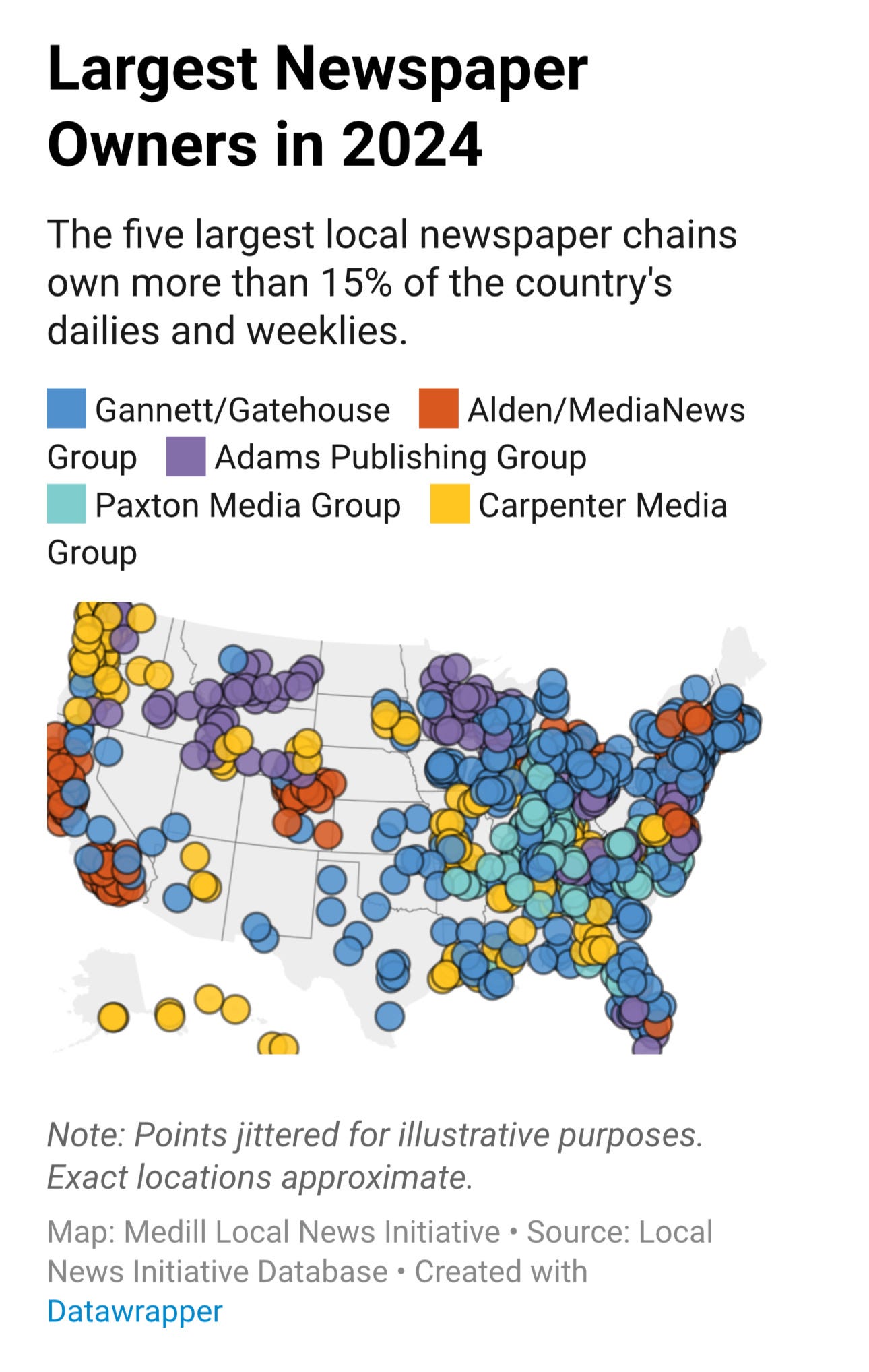
Get this, in the last 20 years America has lost 3,300 newspapers!
That number is according to the Local News Initiative which tracks media in partnership with Northwestern University.
In 2023, newspapers shuttered at a rate of two-and-half per week with 130 ceasing publication.
Since 2005, local newspapers eliminated 266,000 jobs. Of those, 45,000 were editors and reporters; a decline of 60%.
To be clear, I’m not making the case to bring back local paper print newspapers. The paper is good for the parrot cage or wrapping glass when you move. I get it, technology changes. I’m writing this on an iPhone. The platforms and distribution will change but the content will always be there.
I’m making the case for online, quality, in-depth and responsible local news coverage.
It’s an opportunity local newspapers missed and it’s an opportunity local television news outlets are missing.
It’s my personal opinion that Axios Local is one of the few reputable news organizations consistently doing this in west/northwest Arkansas.
There are new ones emerging such as The NWA Daily and Bentonville Bulletin but I imagine the combined staff for all of these is less than a dozen. It’s remarkable to see their success and shows the desire for local news in this area and the quality of their reporting.
To be fair, the NWA Business Journal and Arkansas Democrat Gazette both have a local news presence which you have pay to access but the quantity, coverage and staffing is not to the extent of newspapers prior to the emergence of the internet.
The paywall (paying to access articles) makes sense to support news organizations but for many families struggling with inflation and food prices, discretionary spending on local news is not a priority nor should it be when you’re just trying to support your family.
I would argue local news deserts disproportionately affect those already struggling to pay day-to-day expenses.
The local news publishing gap, for now, has been filled by local television which arguably has a wider reach and distribution for online news articles than startup publications.
Both YouTube and Facebook emerged during my 20-year TV career in the early to mid 2000s; yet, each year in the 2010s and 2020s, I’d hear corporate leadership proclaim their dedication to digital media while doing nothing meaningful to advance online, quality local news coverage.
The idiocy of it all can be summed up in local TV’s obsession with social metrics like ShareRocket which assigns a “social score” to all anchors, reporters and meteorologists.
Television stations actually have a monitor on the wall that shows the ranking status of social media engagement on Facebook and other social platforms.
In my experience, the content didn’t seem to matter as much as getting engagement.
Once I was told my social metrics were too low. Why? Another local TV station posted a video on how to pronounce “crayon” correctly.
Is it “crown” or is it “cray-on”? I know, riveting journalism right? Who cares?
So, I posted a picture of my dog and my engagement went back to the top and I was in good graces again.
I’m sorry, but this is stupid.
The problem is news outlets built their business model around a business model that wasn’t even their own: Facebook.
To sell a website, you need clicks and traffic. To get the traffic, they posted links on social media. Then, Facebook deprioritized news and website traffic plummeted. A work around was posting the news article in the comments. Links and shares still get throttled and the reach is far less than before. I’ll even post this article in the comments.
Another work around to juice the algorithm and serve up more content to users is to increase engagement, which is often why you’ll see media posts with questions like “What do you think?” that elicit responses.
When you post repeatedly over-and-over-and-over-and over about a topic, you’re giving more weight and relevance than it might actually merit.
It’s not only the language & tone that matter but also the frequency.
It still happens which is what I’ve referred to as “hype nonsense” which seemed to inflame all the newsies.
Maybe that was too harsh and “repeatedly overemphasized news content” is a more politically correct way of saying it.
Again. It’s the industry driven product, not the person, I take issue. <<< Read that again friends and former colleagues.
Which leads to the topic of my next post: Part III: The Loss of Local: Radio & TV.
-Garrett



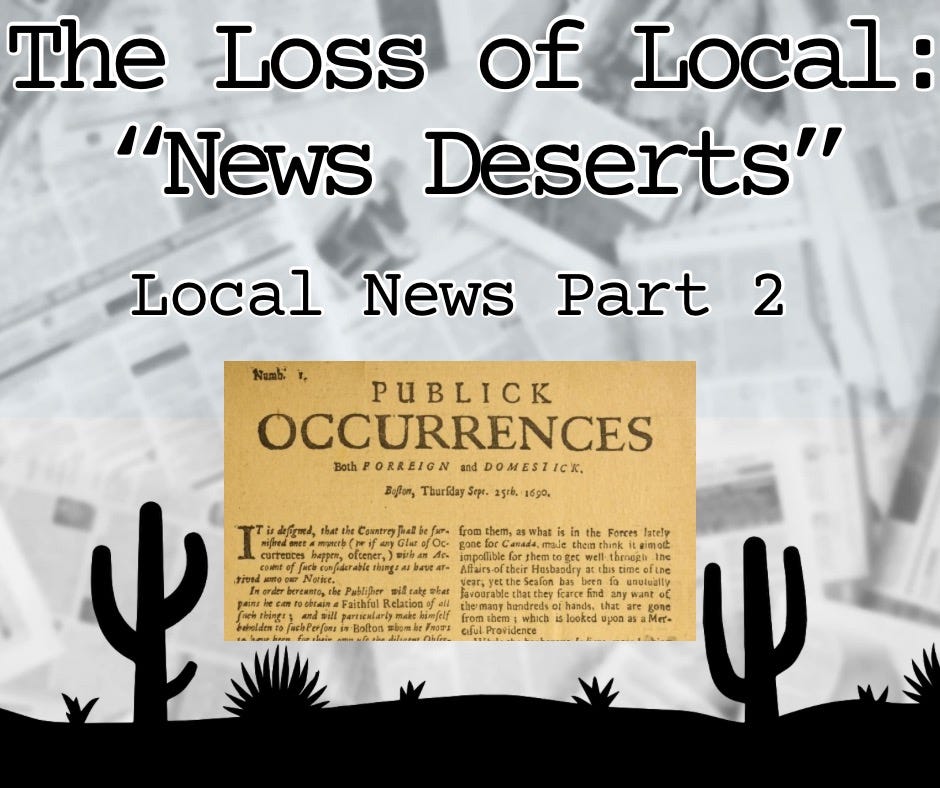
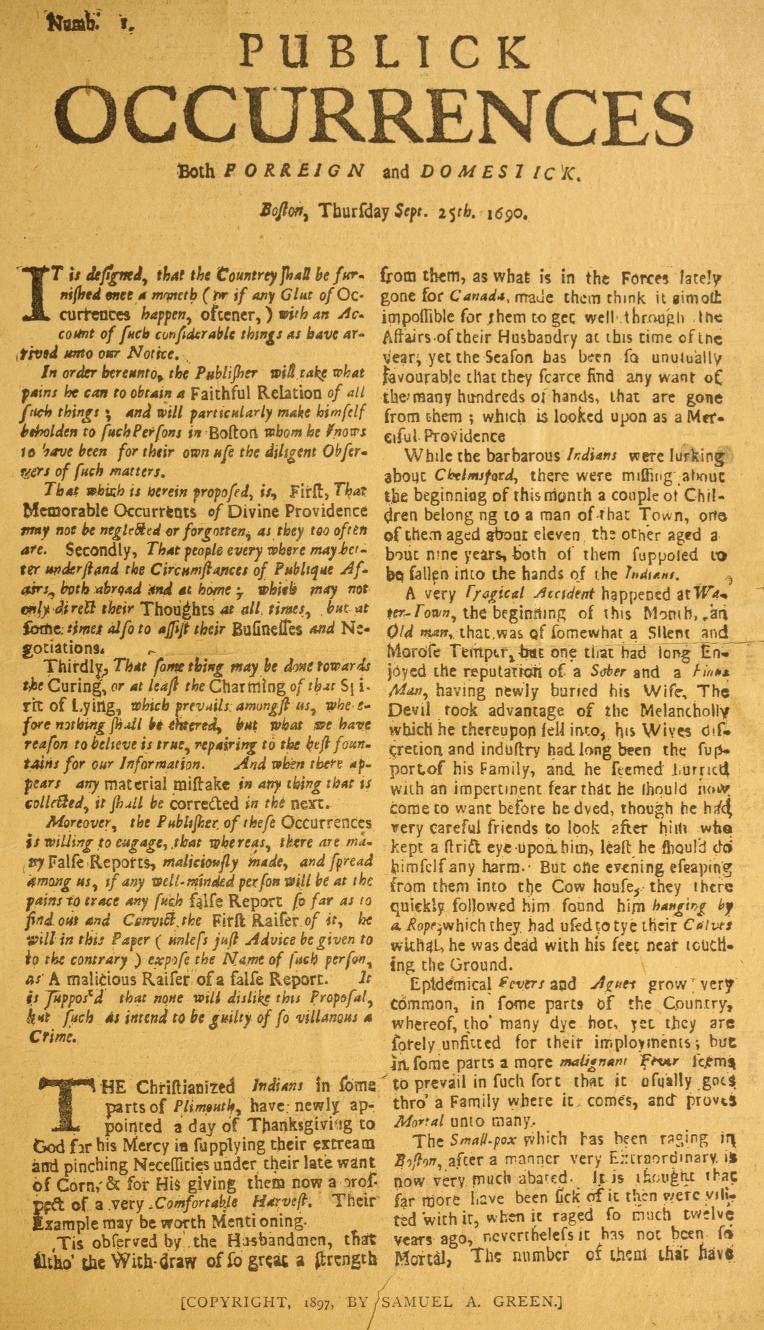



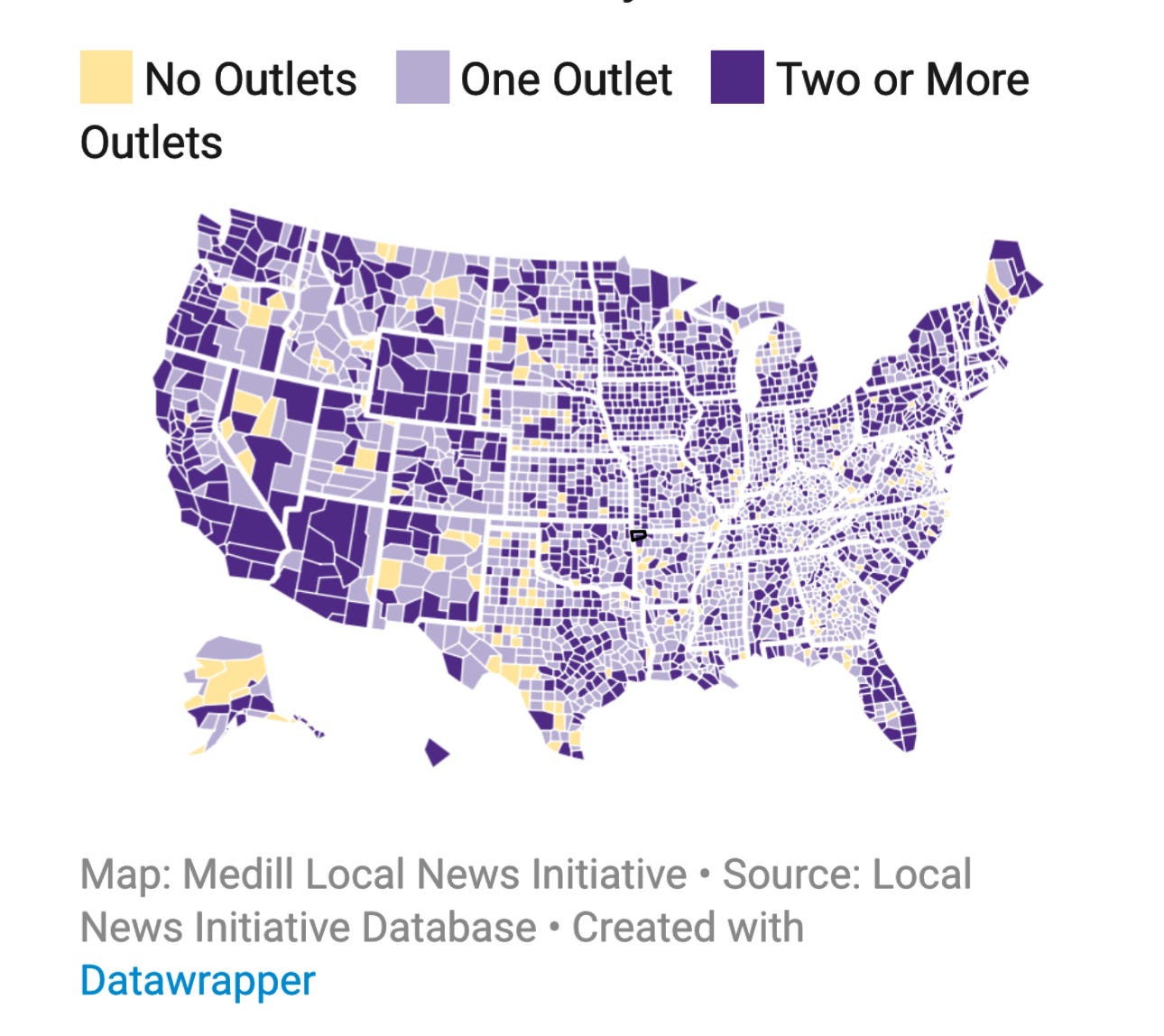

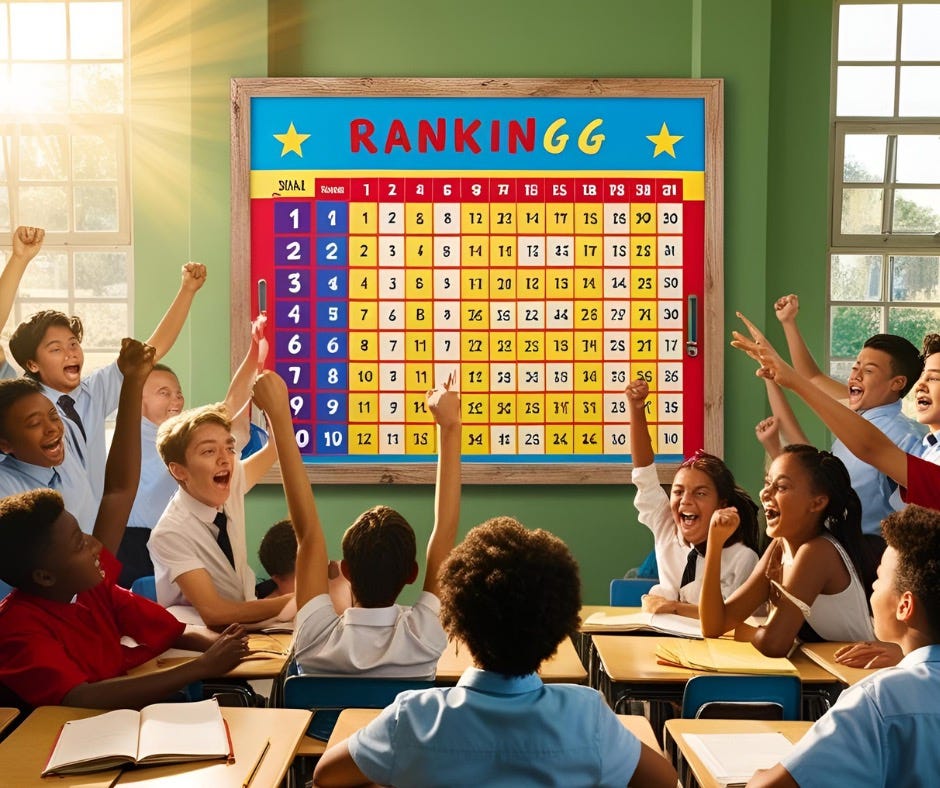

Thank you Garrett for this important information. Keep up the good work. I'll be anxious to read what's next. Thanks again!
Keep on posting. I’ve seen the very things you talk about. The addition of all the extra newscasts just repeating the same things and the national news content that the networks are going to broadcast right after the local is really stupid. Looking forward to Part III.